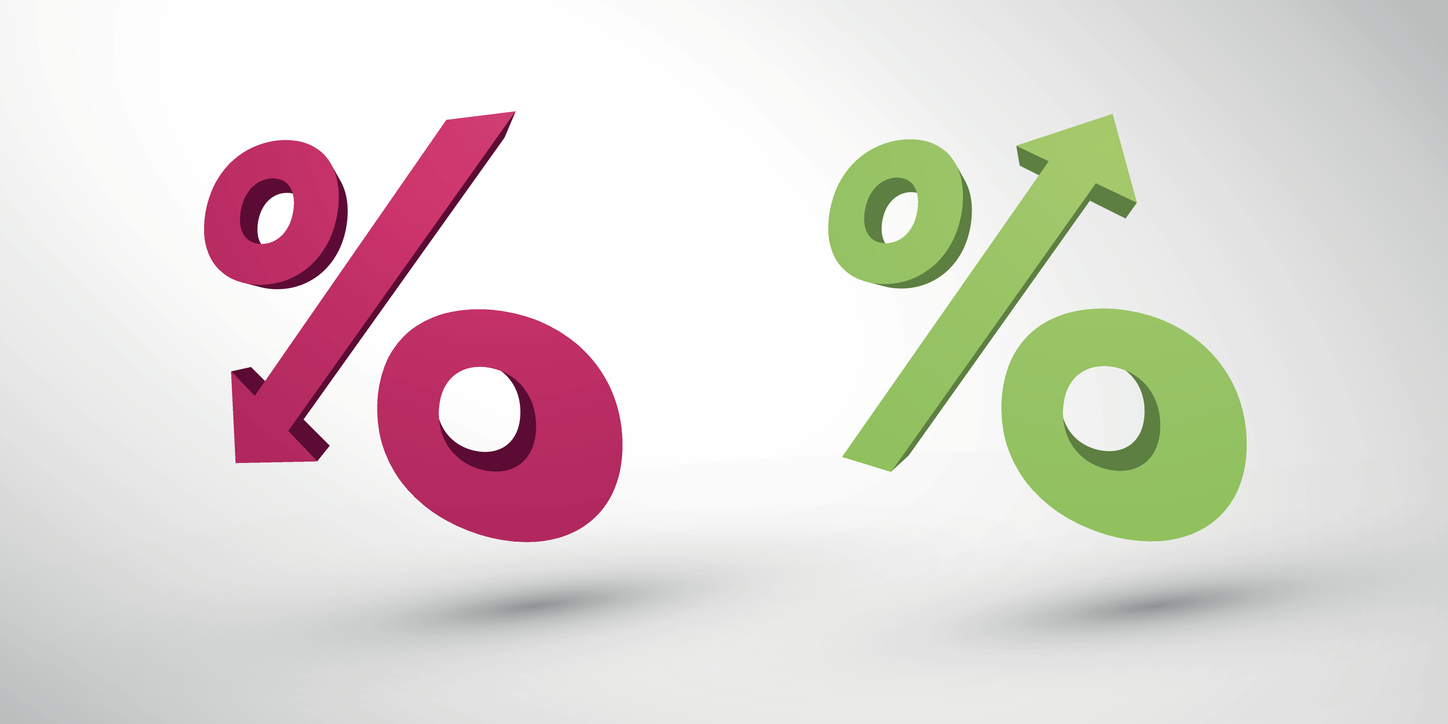Commercial insurance buyers saw an average 5.91 percent increase across all lines, while personal lines customers saw an average 5.16 percent increase. MarketScout, on the other hand, warned that the second half of 2022 could be a different story.
"Both Mother Nature and litigation have a significant impact on rate increases, but as we all know, neither can be realistically controlled." Hurricane season has arrived, and wildfire season will soon follow. If there are major events, property rates will rise quickly," said Richard Kerr, CEO of MarketScout, in a statement.
Uncertainty is also introduced by economic shifts, he said, adding, "Inflation can create a need for rate increases, so we may see that impact over the next four quarters." In terms of rate cuts, higher interest rates may provide insurers with additional investment income, which may moderate rate cuts, particularly on long-tail business."
Some commercial lines continue to face significant upward pricing pressure. The average cost of cyber insurance has risen to 21.3 percent, up from 19.7 percent in the first quarter of 2022.
In Q2, commercial auto prices increased by an average of 9%, followed by umbrella/excess insurance at 8.7% and commercial property and directors and officers (D&O) liability both at 8.3%. MarketScout tracked business interruption rate increases of 7%, while most other lines saw more modest increases of less than 6%.
Mid-sized accounts saw the greatest average price increase (7%), followed by jumbo accounts (6.3%) and large accounts (6%). Small accounts received an average of 5%. Transportation accounts had the highest average price increases, at 8.7 percent, according to MarketScout, followed by habitational risks, at 8.3 percent.
Price increases in the personal lines sector have been driven by inflationary pressures on home and auto repair, as well as increased values for fine art, collectibles, and jewelry.
Personal lines insurance professionals, according to Kerr, anticipate "significant" rate increases for consumers in disaster-prone areas. New solutions may be required to improve the situation in the most vulnerable areas.
"We believe alternative solutions to provide additional capacity in Florida and California will be developed," Kerr said. "These new solutions will be driven by premium increases and coverage restrictions." Rate increases of 40% to 50% are not uncommon in CAT-prone areas of Florida and California."
MarketScout bases its analysis on pricing surveys conducted by The National Alliance for Insurance Education and Research.













